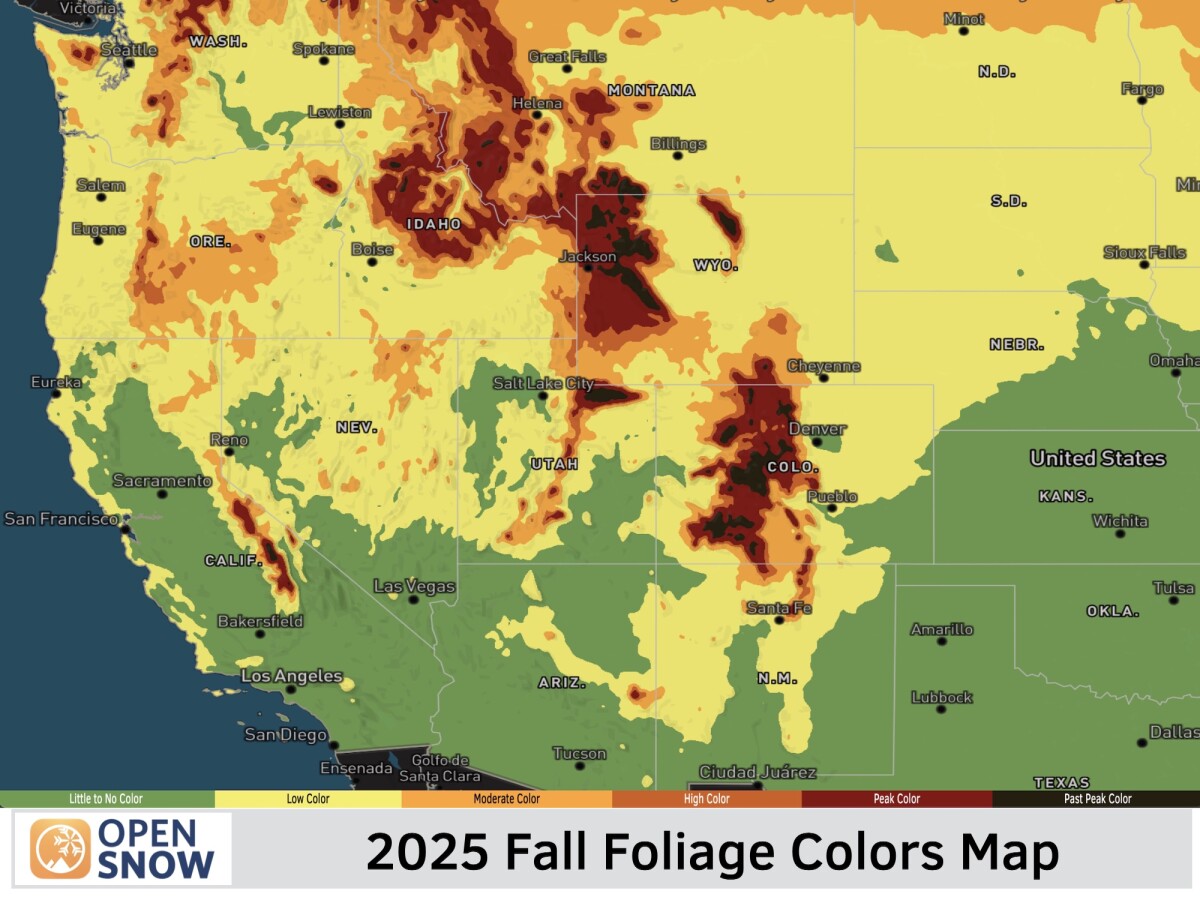News

By Sam Collentine, Meteorologist Posted 11 months ago September 5, 2024
NEW: Fall Colors Map

Time the peak fall foliage for any area in the continental United States with our new "Fall Colors" map overlay.
The map is updated twice per week and animates from historical color starting in early September through forecast color ending in late November.
Getting Started
- Tap the "Maps" tab.
- Tap the overlay button.
- Tap "Fall Colors".
- Scrub the bottom slider.

Fall Color Scale
- Green: Little to No Color
- Yellow: Low Color
- Light Orange: Moderate Color
- Dark Orange: High Color
- Red: Peak Color
- Black: Past Peak Color
The Science of Fall Color
Two primary factors control the timing of fall foliage: daylight and temperature. This means that the further north and the higher in elevation a tree is, the earlier it will reveal its colorful canopy. Photosynthesis grinds to a halt when the days grow short in the fall and leaves no longer have a need for their excess stores of chlorophyll.
Over the course of a month or two, the concentrations of chlorophyll diminish, allowing less concentrated chemicals such as anthocyanin and carotenoids to dominate, turning the leaf red, yellow, or orange. The rate at which this change occurs varies amongst tree species so it can be difficult to pinpoint a single peak in fall foliage.
Nevertheless, when the vast majority of trees in a particular area have full canopies of autumnal color, peak foliage has arrived. Some areas, particularly in the Northeast, experience vibrant red peaks due to an abundance of maple trees, while others experience a mixture of all of fall's colors. Different trees display different colors, giving each region its own unique peak.
Make sure you're updated to the latest version of the OpenSnow app (App Store / Google Play > OpenSnow > Update) or visit the OpenSnow website (OpenSnow.com).
View → Fall Colors Map
Questions? Send an email to [email protected] and we'll respond within 24 hours. You can also visit our Support Center to view frequently asked questions and feature guides.
Sam Collentine
About The Author




